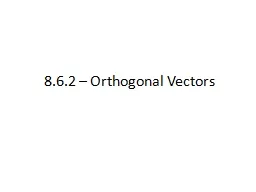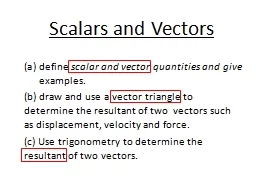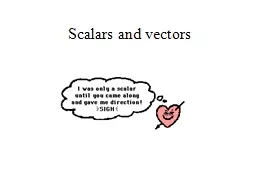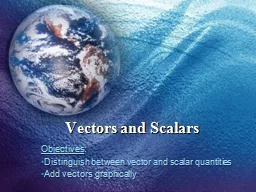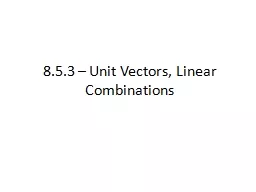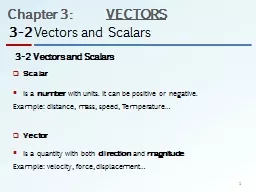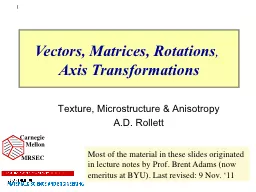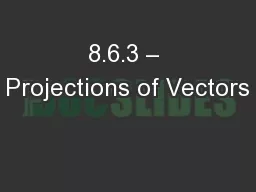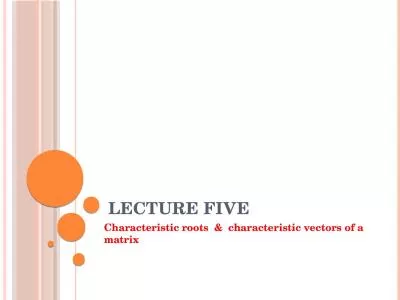PPT-8.6.2 – Orthogonal Vectors
Author : tatyana-admore | Published Date : 2016-11-27
At the end of yesterday we addressed the case of using the dot product to determine the angles between vectors Similar to equations from algebra we can talk about
Presentation Embed Code
Download Presentation
Download Presentation The PPT/PDF document "8.6.2 – Orthogonal Vectors" is the property of its rightful owner. Permission is granted to download and print the materials on this website for personal, non-commercial use only, and to display it on your personal computer provided you do not modify the materials and that you retain all copyright notices contained in the materials. By downloading content from our website, you accept the terms of this agreement.
8.6.2 – Orthogonal Vectors: Transcript
Download Rules Of Document
"8.6.2 – Orthogonal Vectors"The content belongs to its owner. You may download and print it for personal use, without modification, and keep all copyright notices. By downloading, you agree to these terms.
Related Documents

